Innovation update November 2017
Innovation update November 2017
Welcome to the latest issue of our quarterly e-newsletter, Innovation Update. In this issue we talk about the latest developments in our key innovation projects and the launch of our new company website. We hope you find it of interest.
Celsius
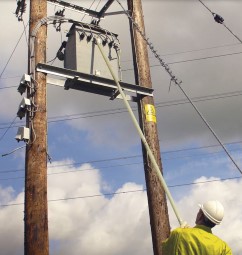
The first solution of its kind in Great Britain, Celsius will deliver a co-ordinated approach to managing the temperature of electrical assets in distribution substations. The £5.5 million project will release additional capacity, reduce long-term costs for customers and avoid early asset replacement.
We have now installed monitoring equipment at 520 substations, the data from which is being analysed by our project partner Ricardo to improve our understanding of the relationship between an asset’s temperature, load and environment. The results of this analysis will feed into our ‘thermal ratings tool’. We are also working with the National Physical Laboratory to analyse the heat and air flows in substations. This will influence the design of future substations and potentially show how air flow in existing substations can be improved.
Next year we will begin the second stage of the project to test a range of cooling techniques, which were identified following a procurement exercise and a workshop held with other distribution network operators. We will start to install the cooling techniques at 100 of the trial substations early in 2018.
As the cooling techniques will be deployed at substations close to homes and businesses, we will carry out a programme of engagement to understand any audible or visual impact of the techniques on our customers. This will start with a baseline survey with 600 predominantly domestic customers in January before the installation work begins.
Respond technology in action
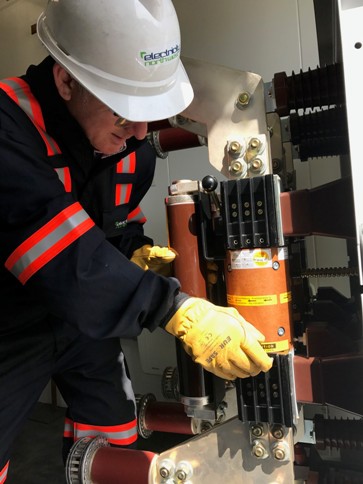
Our Respond project provides an intelligent approach to managing fault current – the instantaneous surge of energy which occurs when we have a fault on the network.
Respond’s intelligent software, the ‘Fault Level Assessment Tool,’ is integrated into our network management system and uses network data to predict fault level in near real time. When fault level approaches or rises above the safety rating of our equipment, the tool ‘enables’ one of three innovative techniques designed to manage fault current safely: Adaptive Protection, the IS-limiter or the Fault Current Limiting (FCL) service.
Since the trials went live in May 2016, there have been nine successful operations of the technology in response to a fault and we now have a contract in place with project partner United Utilities for the provision of FCL services.
Our Adaptive Protection installations, which re-sequence the operation of circuit breakers to reduce fault level, have successfully operated seven times. We have also had two operations of the IS-limiter at our Bamber Bridge substation. The IS-limiter detects the rapid rise in current when a fault occurs and responds within 1/200th of a second to break the current.
In September, stakeholders from across our industry tuned in to our Respond webinar. Project manager Paul Marshall presented the webinar which was followed by a question and answer session with innovation team colleagues Paul Turner, Kieran Bailey, Steve Stott and Tracey Kennelly. You can listen to a recording of the webinar on our website.
Respond will benefit all electricity customers by helping to avoid or defer traditional, expensive and disruptive reinforcement. This will help keep costs down, reduce carbon emissions and allow low carbon technologies to be connected to the network much more quickly. If rolled out across Great Britain Respond could save £2.3 billion by 2050. The project runs until October 2018.
Value of Lost Load

The Value of Lost Load (VoLL) project involves a robust programme of engagement with a broad range of domestic customers and small to medium enterprises (SMEs). This research will deliver a greater understanding of VoLL by customer segment and how this is likely to change in the future.
We are currently analysing the findings from a large scale survey conducted with 6,000 customers, 3,000 from our own operating region, the remainder served by other distribution network operators.
The study was designed to gain a much richer understanding of the value that all sectors of society place on their electricity supply and will provide insight into the following key questions:
- Does VoLL vary by customer segment and what are the relative value assignments of these segments?
- How will VoLL vary with the adoption of low carbon technologies?
- How do the level of incentives tested for demand side response in other low carbon trials compare to future VoLL?
- Which customer segments would support a strong VoLL and hence potentially higher investment?
- How does the scale and duration of an interruption affect VoLL? Is there a tipping point at which investment to mitigate against supply interruptions becomes the most financially viable option to customers, particularly during extreme, prolonged outages.
Early indicators from analysis of the survey has identified distinct variations in VoLL across a broad spectrum of customers.
A comprehensive assessment of how VoLL should be defined will be published in January 2018. This should inform a potential revised model to help DNOs better plan their network investment and customer strategies. The findings are also likely to have an impact on our social obligations and influence how we adapt our response to customers on our priority services register and develop solutions to address fuel poverty.
New company website
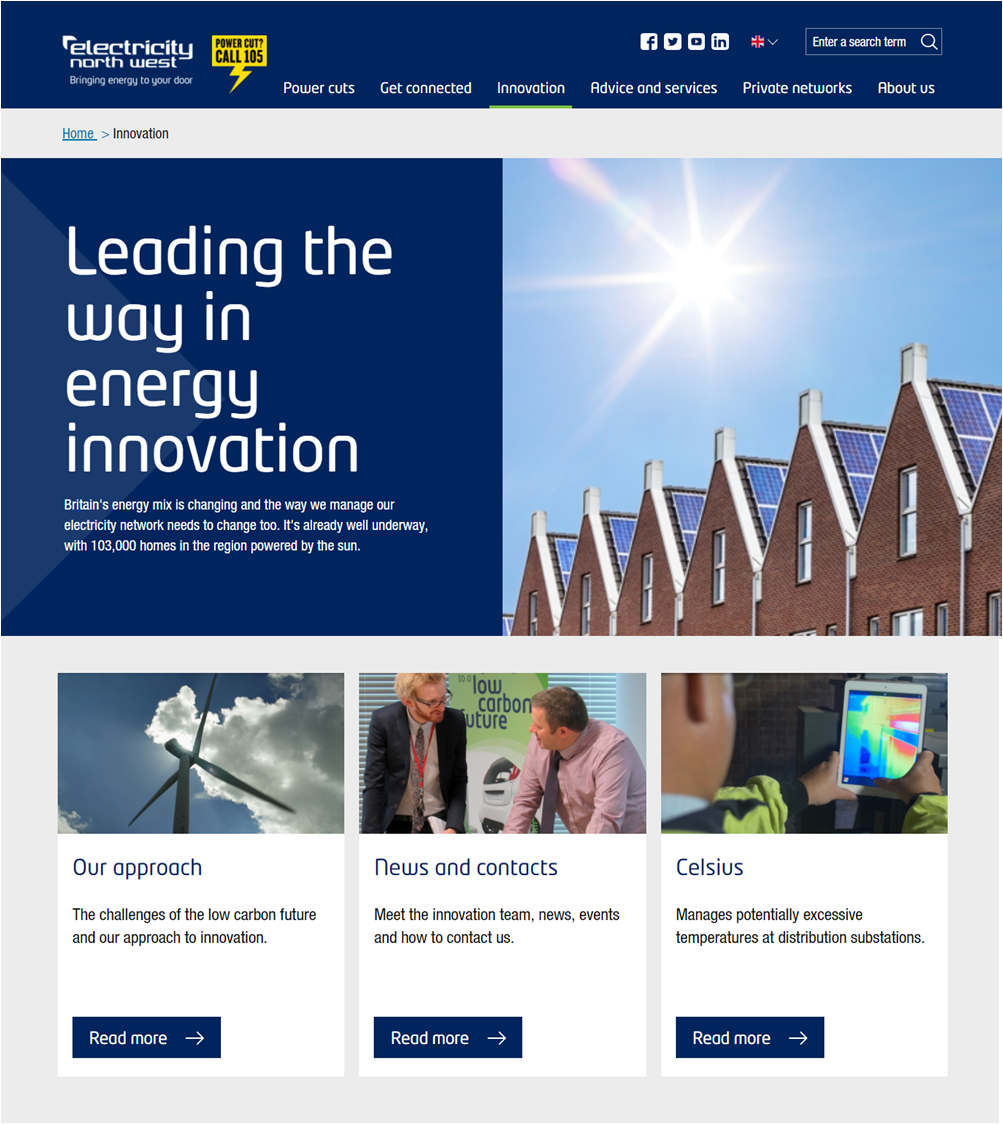
We have recently launched a new responsive and accessible website to meet the essential needs of our five million customers and key stakeholders.
Launched on 30 October, the new-look website replaces the original six-year old website with a more agile platform designed for mobiles and tablets and accessible for all stakeholders.
In collaboration with digital agency Mando, the year-long project involved 50 employees from across Electricity North West to help ensure the website has the right content and functions for a wide range of stakeholders when they need it the most.
We have worked with the Royal National Institute for Blind people to ensure the new website is accessible for people with any disability and it adheres to the ‘AA’ standard accessibility rating, with some key areas achieving an ‘AAA’ rating.
Other new key functions include an improved power cut map which is more bespoke and user friendly and offers customers more information about their power cut and where to get help. A connection guide has been added to support new connections customers to ensure they have quick and easy access to all the support they need.
The new website also features much easier navigation for our innovation pages, helping you find everything you need to know about our innovation strategy and portfolio of projects.
Our new pages can be found at the usual address: www.enwl.co.uk/innovation.
Low Carbon and Networks Innovation conference 2017
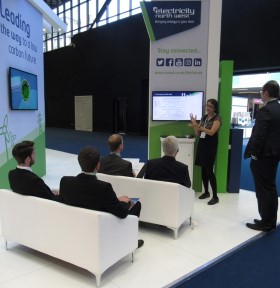
This year’s Low Carbon Networks & Innovation conference takes place at The International Centre Telford, on 6-7 December 2017.
This major annual industry event provides an opportunity to explore the key learning from electricity and gas network innovation projects.
You can see presentations from our innovation team as follows:
- Wednesday 6 December, Breakout session 1, 3.20pm
Smart Street, Ben Ingham
Architecture of Tools for Load Scenarios (ATLAS), Dr Rita Shaw - Thursday 7 December, Breakout session 3, 11.30am
Celsius, Damien Coyle
Value of Lost Load, Kate Quigley - Thursday 7 December, Breakout session 4, 1:50pm
Respond, Paul Marshall.
Alternatively please visit stand M11 for a chat with one of the team.
You can register to attend the event on the conference website.
ENA launches consultation on innovation strategy
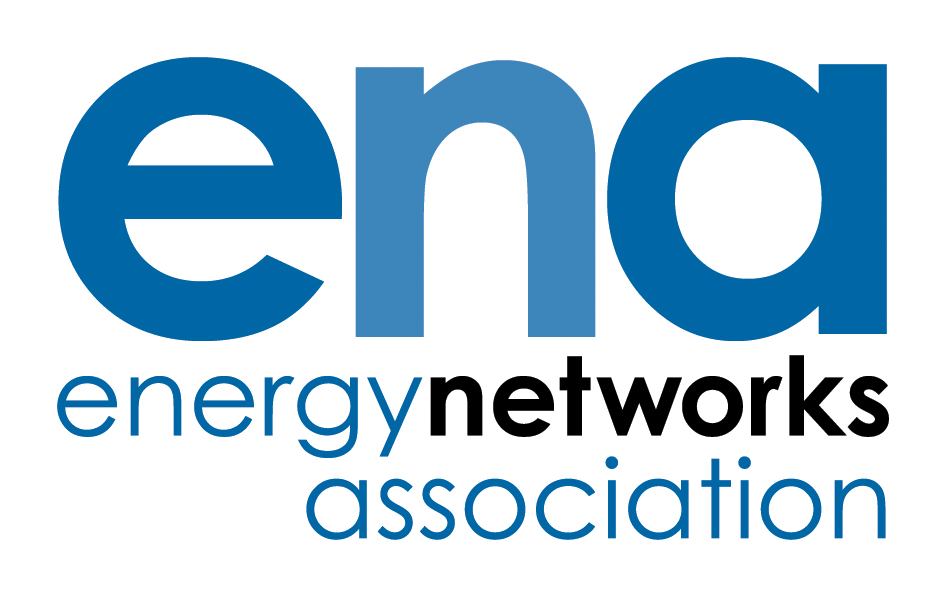
The Energy Networks Association (ENA) which represents the UK’s 15 gas and electricity transmission and distribution networks, has recently launched an engagement programme on its electricity network innovation strategy. This series of events aims to get the maximum input from stakeholders in shaping the future of network innovation.
Following the launch of the consultation process in September, the ENA is now inviting stakeholders to take part in two industry workshops which are free to attend and will be held in Glasgow and London:
Customers are at the centre of the energy networks’ role in delivering the future energy system, and input from the widest range of stakeholders is crucial to developing successful joint innovation strategies. In order to identify and successfully address all of the challenges and uncertainty, it is essential the wider viewpoint of the industry is registered, ensuring the strategy is better informed with stakeholder input.
There will be further opportunities for stakeholder engagement at this year’s Low Carbon & Networks Innovation conference in Telford on 6-7 December 2017.
Full details of the electricity network innovation strategy are available on the ENA website.
Useful links
You can find out more detailed information about our strategy and all of our innovation projects using the following links:
· Our innovation strategy: www.enwl.co.uk/innovation-strategy
· Our LCN Fund project Smart Street: www.enwl.co.uk/smartstreet
· Our LCN Fund project Respond: www.enwl.co.uk/respond
· Our NIC project Celsius: www.enwl.co.uk/celsius
· Our NIA project VoLL: www.enwl.co.uk/voll
· Our other NIA projects: www.enwl.co.uk/nia
· Meet the Electricity North West innovation team: Meet the team
· The Electricity Networks Association smarter networks portal: www.smarternetworks.org
Or contact us at innovation@enwl.co.uk.